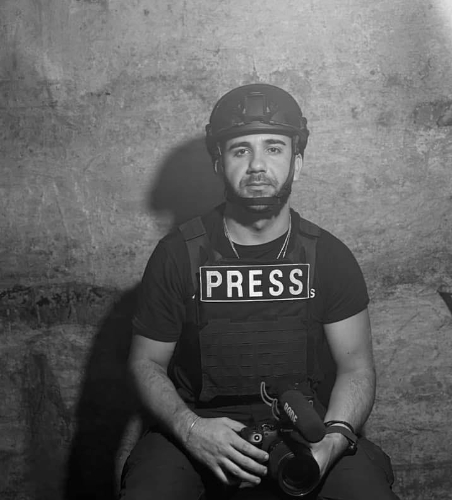226 reads
Ukraine's Rapid Push to Deploy AI-Enabled Drones for Battlefield Supremacy
by
June 24th, 2024
Audio Presented by

David writes about culture, cyberspace, digital currencies, economics, foreign affairs, psychology, and technology.
Story's Credibility



About Author
David writes about culture, cyberspace, digital currencies, economics, foreign affairs, psychology, and technology.
